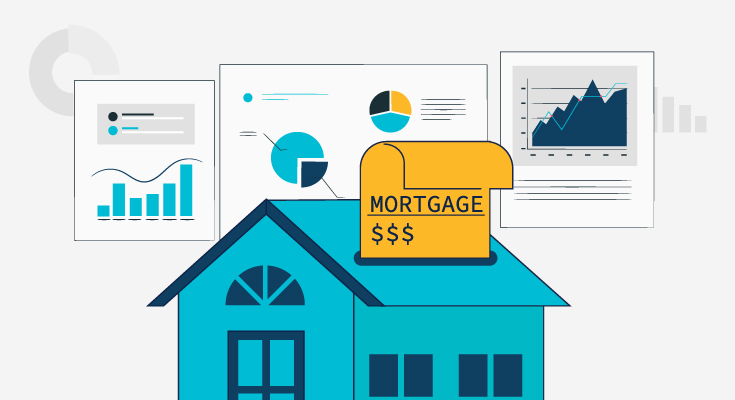As the Covid-19 pandemic slowed down almost every sector of the financial industry, some markets are finally starting to make a comeback. The Australian property market is experiencing a major comeback, and house prices are rising at a record level.
This is the result of all-time low-interest rates and household savings that have accumulated to drive demand for property among first-time and veteran buyers. This is in line with this bullish housing market, home loan lenders have also started adopting digital services to make online customer onboarding faster and more secure. Companies like RBA Group have reported a rise in investment in technologies that are being made for streamlining the home loan approval process.
Barriers to Home Loans
The value of real estate in Australia has increased to $9.1 trillion, and it gained 1 trillion dollars in just five months, which was a whole new record for the industry. The unexceptionally high prices for the property are the primary barrier for customers to enter the Australian property market. More than 65% of all young people in Australia believe that it’s impossible to buy property in the Australian market. To fix this problem, innovative FinTech has started building products that can provide Australians with an opportunity to convert a portion of rent payments into equity payments.
Not just FinTechs, other entities are also trying to help potential property owners. To protect borrowers and prevent risks in the home lending industry, the regulatory body “Australian Prudential Regulation Authority” (APRA) has issued a statement saying they will assess new borrower’s ability to keep up with their loan repayments at an interest rate that is at least 3.0 percentage points above the loan product rate.
Industry experts believe this movement to be a first to restrain credit and housing markets, with the biggest shock for homebuyers to come in 2023 when the hike is supposed to decline by 5 percent.
Reducing Inefficiencies in the Lending Process
There are countless high barriers to entry in the property market, such as:
- Going through the tedious and lengthy mortgage procurement process.
- Paper-based customer ID verification and bank verification can be solved with online bank account verification software.
- Human error in the loan approval process.
All these barriers make entry into the market for buyers extremely tough. Sometimes, the mortgage approval process can even take up to 50 days.
With digitization, it is easy to streamline the application process, which makes it easier for approving mortgage applications. Data aggregation and innovation throughout the mortgage providers are trying to provide a seamless customer experience and speed up the process.
By using technologies such as online customer document verification software, online bank verification software, or online KYC verification software, the customer verification process can be enhanced.
Open Banking can connect a person’s banking data and lenders can get a clear picture of an individual’s financial history, which means the one who approves the application can make educated decisions. The process of deciding if an applicant qualifies for a mortgage should be driven by data.
With data aggregation and analysis functions, there is a huge opportunity to digitally transform the mortgage approval process. This can significantly reduce mortgage turnaround time and allow more people to get a mortgage.
Role of Digitization in Mortgage Approval
The recovery of the Australian property market after the Covid-19 pandemic has also boosted the prices of houses. The role of digitization is simple, it helps in streamlining the mortgage application process and makes it accessible for customers who’re looking for a mortgage.





